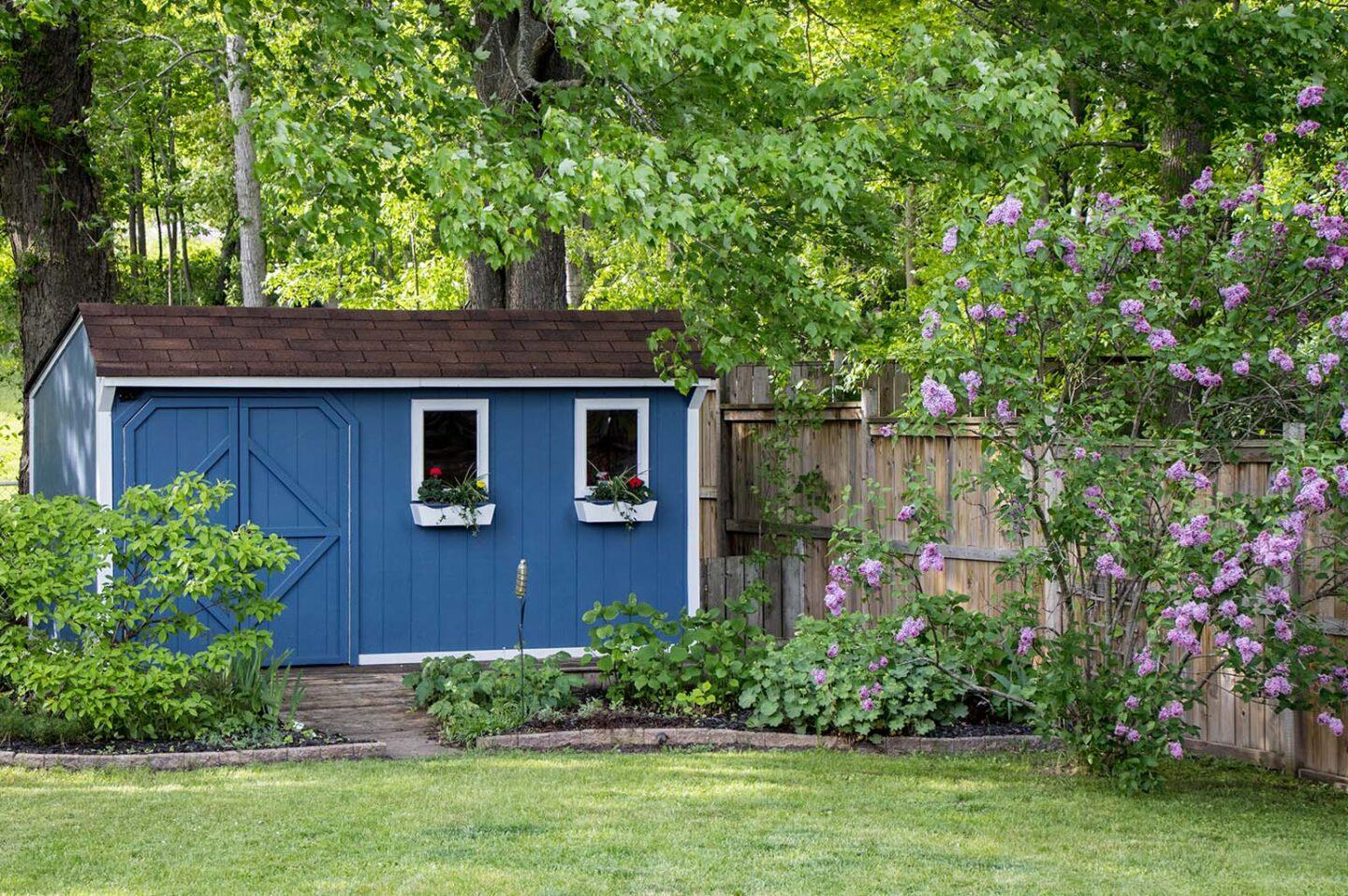Looking for the perfect backyard cabin? Our guide will help you find the best one for your needs and budget!

The modern backyard has become a place of escape, relaxation, and entertainment. Whether you’re looking for an outdoor art studio or a private respite away from it all, having a backyard cabin can be the perfect addition to your home. But with so many different designs and styles available, how do you know which one is right for you? We’ll explore the various features of cabins to help you make the most informed decision, whether your goal is to add extra living space or workspace or simply spruce up your garden. From size and design to materials and construction methods, we’ll cover all the key points to consider when selecting the ideal cabin.
Think About Its Purpose
Start by making a list of all the things you’d like to do with your cabin. Do you need extra storage or a workspace? Do you plan on using it for workshops, parties, or sleeping space? Keep this list handy so that every time you come across a feature that fits one of these categories, you can jot it down. This will help narrow down your choices from a range of log cabins and allow you to make an informed decision when comparing them. And don’t forget to consider the size and location of your cabin about the rest of your backyard because this will also influence your decision. This is especially important if you plan on installing electrical wiring or plumbing.
Materials
Cabins come in many different materials, from wood to metal and even plastic. Each has its advantages and disadvantages so it’s important to look at both when making a decision. For example, wooden cabins tend to be more aesthetically pleasing but require more maintenance and may not be as durable as metal or plastic. On the other hand, metal cabins are designed for durability but can be more difficult to install and not always look visually appealing. For example, plastic cabins may be cheaper and more lightweight but lack the charm of a wooden cabin.
Construction Methods
The construction methods used in your chosen cabin will influence its longevity and ease of use. Many log cabins are built using traditional joinery techniques, which provide great stability but can also be expensive and time-consuming to set up. Prefabricated cabins offer convenience at the cost of customization since they come already assembled from the factory and require little assembly onsite. Kit cabins allow for maximum customization as you can choose all the materials yourself, but also involve more work during setup as you must assemble it piece by piece.
Extras
Think about any extras that you would like added to your backyard cabin. For example, if you plan on using your cabin for a workspace, consider installing shelves and other organizational features that can help maximize its functionality. If you’re looking for some extra privacy, consider framing or adding curtains to the windows. You may also want to add electricity, plumbing, and other utilities depending on the type of activities you plan to use your cabin for. And if you plan to use your cabin as a guest house or vacation home, consider installing amenities such as air conditioning and Wi-Fi.
Cost
Consider your budget. Log cabins can range in price depending on the materials and features used. Generally speaking, prefabricated and kit cabins tend to cost less than traditional joinery cabins since they require less labor time and don’t need to be assembled from scratch. However, even these types of cabins can get expensive if you choose more complex designs or add extras such as insulation and plumbing. Do your research to find out which type of cabin best suits your needs and budget before making a decision. And don’t forget to factor in delivery and installation costs when budgeting for your cabin.
Maintenance
Once your cabin is built, you’ll need to make sure it’s regularly maintained. Depending on the materials used and the location of your cabin, this could involve anything from treating the wood with preservatives or waterproofing to inspecting for insects and rodents. Regularly checking for any signs of deterioration can help ensure that your cabin remains in top condition for years to come. Additionally, you may want to consider a warranty or other type of protection plan in case something goes wrong. For example, some log cabin companies offer extended warranties that cover certain repairs and replacement parts.
In Conclusion
The decision to buy a log cabin isn’t one to be taken lightly, but with the right research and planning you can ensure that your investment is worth it in the long run. From choosing the right materials and construction methods to considering cost and maintenance, there are many factors to consider when buying a log cabin. By taking the time to weigh all of these factors, you can make an informed decision that will help you get the most out of your new backyard addition.